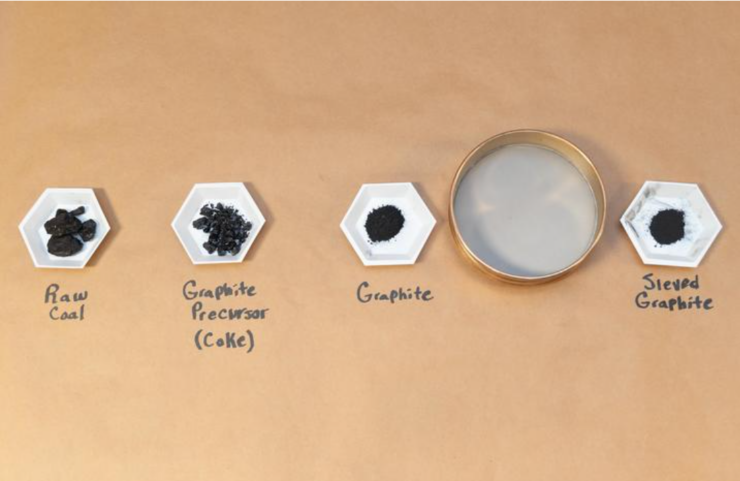Materials play a pivotal role in the future of both Kentucky and the nation’s economy. They drive the development of new products and processes in vital industries like healthcare, electronics, energy and manufacturing.
Innovation hinges on the right materials to enhance performance, durability and efficiency. Critical minerals and rare earth elements are the building blocks of materials. One increasingly valuable material is graphite.
The University of Kentucky’s Center for Applied Energy Research (CAER) is uniquely positioned to research ways to make the Commonwealth a potential source of graphite thanks to its world-renowned scientists and experts on carbon materials.
The global need for graphite
In late October, China announced it would require export permits for certain graphite products. China is the world’s top graphite producer and exporter, refining more than 90% of the global supply of graphite, which is one of the 50 critical minerals listed by the United States Geological Survey (USGS).
This news comes on the heels of a similar announcement earlier this summer regarding gallium and germanium, two rare earth metals that are instrumental in semiconductor manufacturing.
Graphite is a key component in numerous materials in our daily lives — from lubricants to batteries and fuel cells. As the U.S. transitions to renewable energy, graphite will play an increasingly more prominent role. Graphite is a key component in lithium-ion batteries, which are found in products ranging from cell phones to electric vehicle (EV) batteries. Graphite also plays an integral role in solar, wind and nuclear power generation.
“Graphite is one of those materials that most Americans don’t think about,” said Matt Weisenberger, associate director of CAER’s carbon materials research group. “But we use graphite or benefit from the usage of graphite every day. It is in our mobile phones, computers and personal electronic devices.”




























